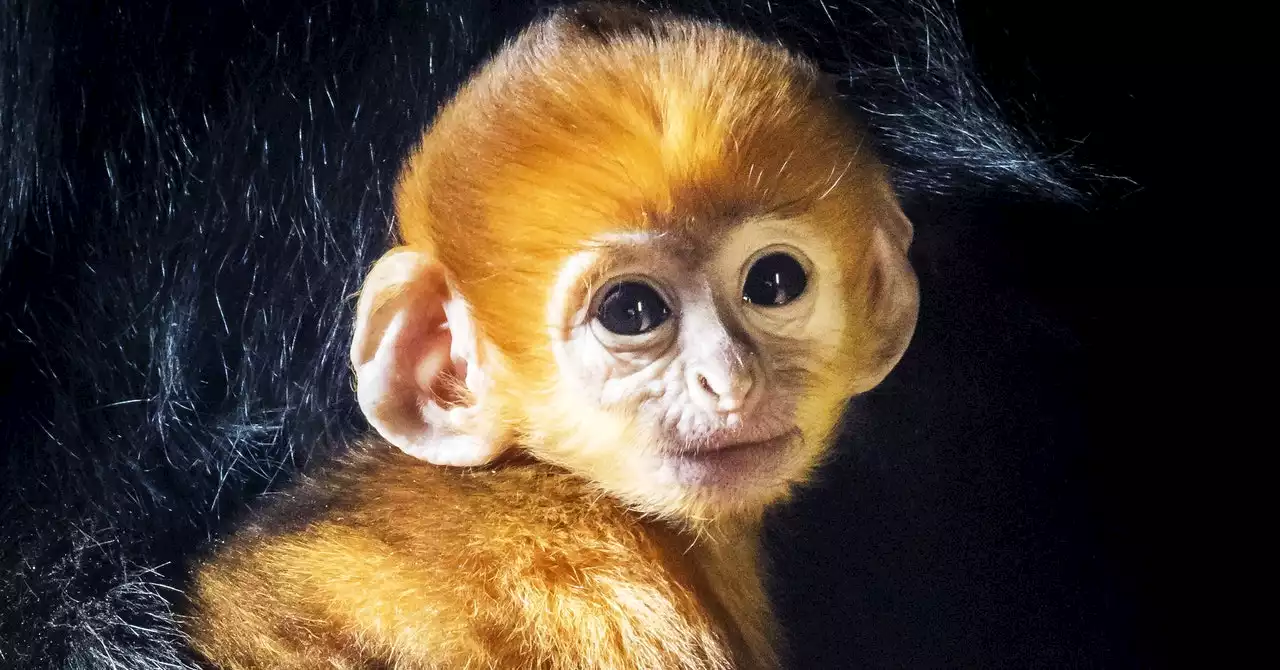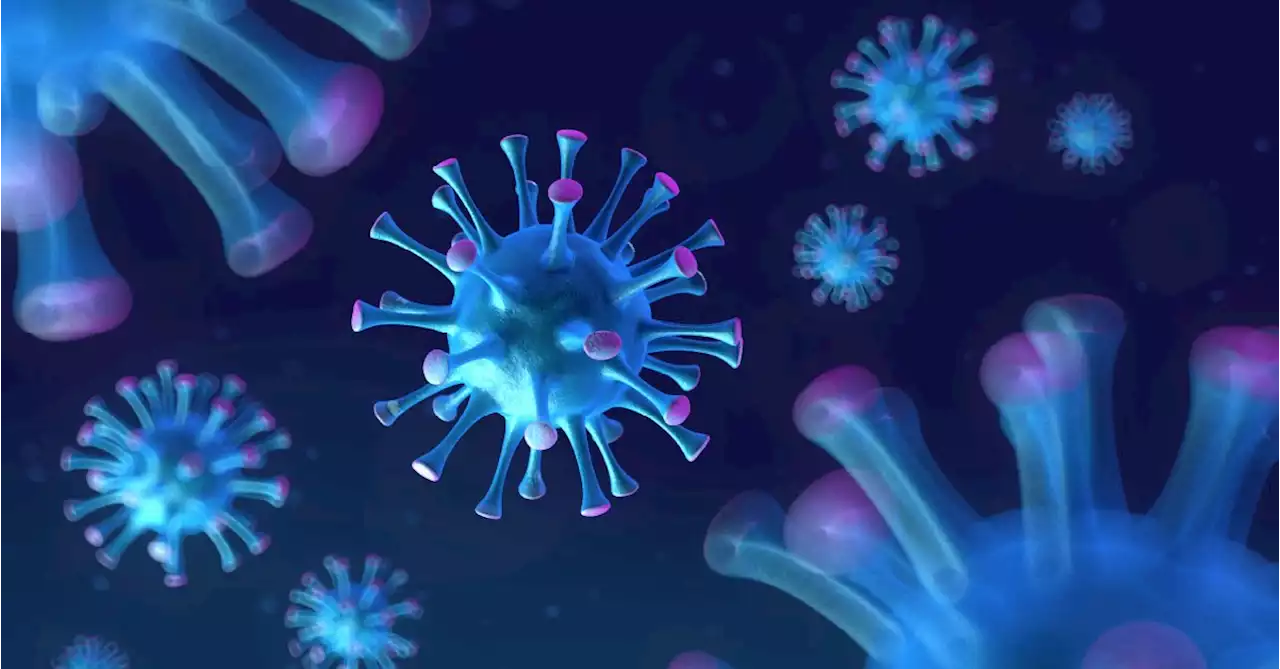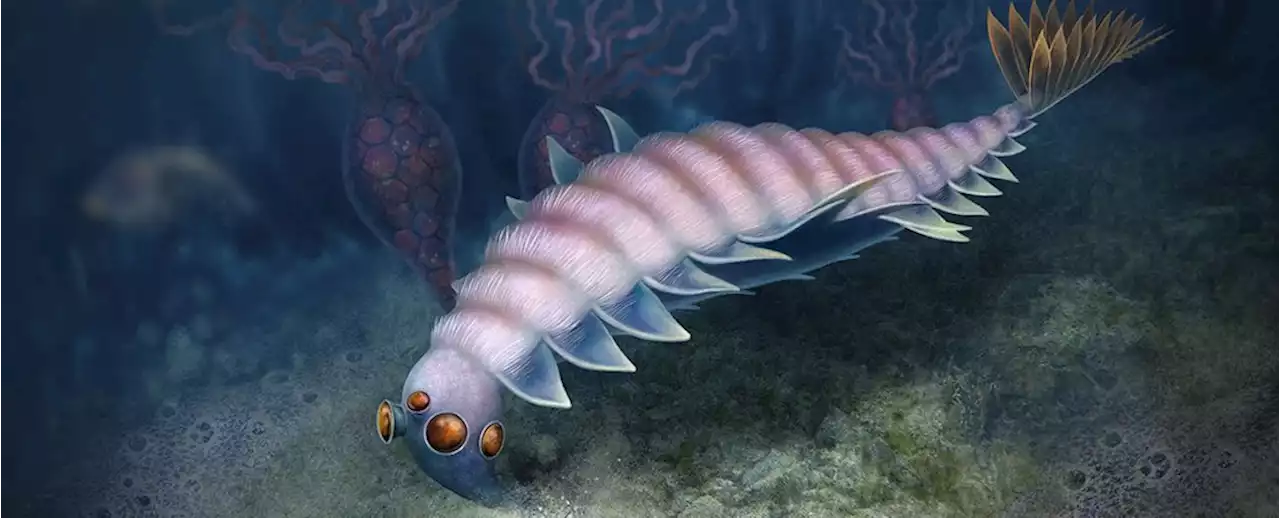Peering back hundreds of millions of years into the past can turn up some astonishing findings – as it has with the discovery of a second species of opabiniid, a soft-bodied arthropod with a segmented exoskeleton that lived on the seafloor during t
, the researchers behind the latest study decided to do some more digging. The team compared thefossil with 43 other fossils, plus 11 living taxa, covering arthropods, radiodonts, and other panarthropods.
Due to their similarities, it was originally thought that opabiniids and radiodonts had the same common ancestor, and were grouped as so-called 'dinocarids'. However, in the last 15 years or so, more tools for studying evolutionary history have been developed – and just as importantly, several new species of radiodonts have been found, highlighting the differences between these creatures and opabiniids.
United States Latest News, United States Headlines
Similar News:You can also read news stories similar to this one that we have collected from other news sources.
 Here's Why Luke Sounded So Weird in The Book of Boba FettThe short answer is because Mark Hamill didn't do the voice—not exactly, anyway.
Here's Why Luke Sounded So Weird in The Book of Boba FettThe short answer is because Mark Hamill didn't do the voice—not exactly, anyway.
Read more »
 From Clowns to Buttons, These Weird Phobias Afflict Many PeopleIf you have a persistent fear of being buried alive, or clusters of holes, you’re not alone. Nearly 20 million people in the U.S. have at least one phobia.
From Clowns to Buttons, These Weird Phobias Afflict Many PeopleIf you have a persistent fear of being buried alive, or clusters of holes, you’re not alone. Nearly 20 million people in the U.S. have at least one phobia.
Read more »
 The Brutal Reason Some Primates Are Born a Weird ColorWhen species have babies with conspicuous fur, it can attract good attention—or bad. A new theory could explain why.
The Brutal Reason Some Primates Are Born a Weird ColorWhen species have babies with conspicuous fur, it can attract good attention—or bad. A new theory could explain why.
Read more »
 Hungry sea sponges feast on fossils atop an extinct underwater volcanoIn the Arctic Ocean, scientists have discovered a thriving ecosystem where food appeared to be nearly nonexistent.
Hungry sea sponges feast on fossils atop an extinct underwater volcanoIn the Arctic Ocean, scientists have discovered a thriving ecosystem where food appeared to be nearly nonexistent.
Read more »
 New Research into What Causes Long COVIDUntil recently, little research existed to allow doctors to determine who might develop long-haul COVID. Now, however, a collaborative first-of-its-kind study is shedding some light on what factors may contribute to it. The four main risk factors:
New Research into What Causes Long COVIDUntil recently, little research existed to allow doctors to determine who might develop long-haul COVID. Now, however, a collaborative first-of-its-kind study is shedding some light on what factors may contribute to it. The four main risk factors:
Read more »
